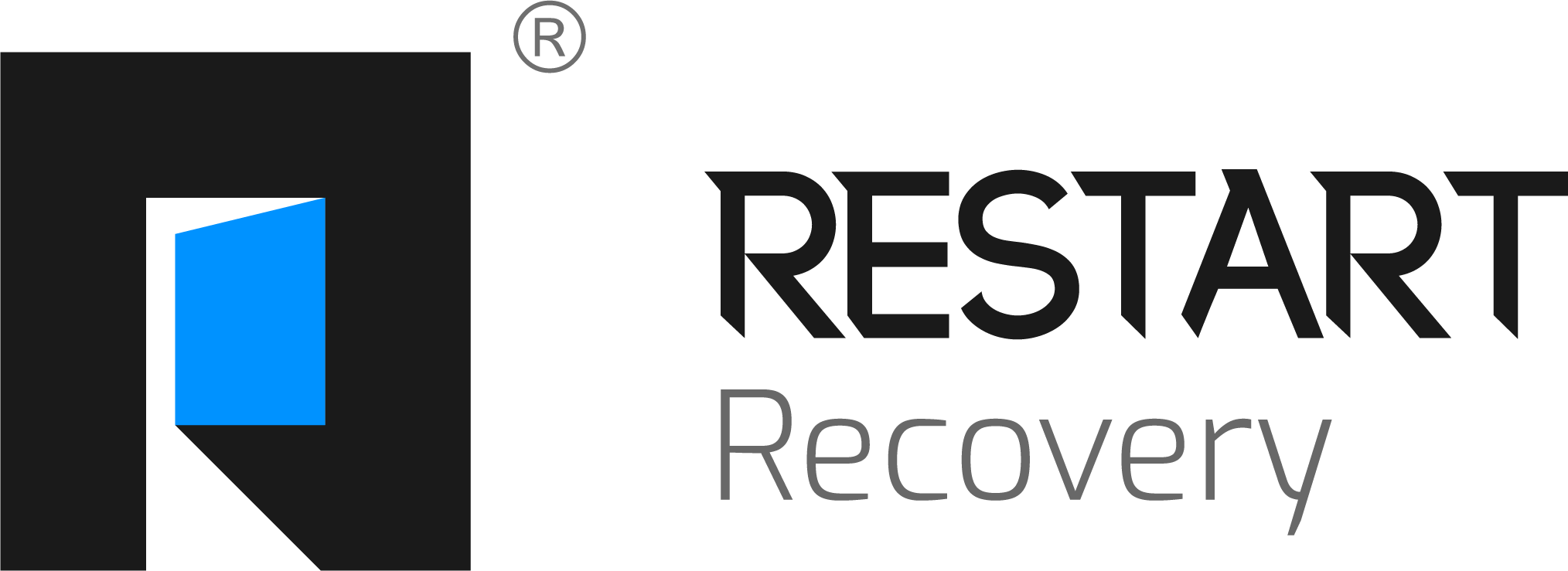Which Alcohol Addiction Treatment Approaches Work in 2025?
- Yasmin Maghsoudloo
- Nov 12
- 4 min read

Table of Contents
Understanding Alcohol Addiction in 2025
Medical Detoxification: The First Step to Recovery
Medication-Assisted Treatment (MAT)
Behavioral Therapies: Changing Thoughts and Habits
Holistic and Mind-Body Approaches
Dual Diagnosis Treatment
Digital and Telehealth Support
Community and Peer Support Programs
Personalized, Data-Driven Treatment Plans
Aftercare and Relapse Prevention
Alcohol addiction continues to be one of the most common and challenging mental health issues worldwide. In 2025, treatment for alcohol use disorder (AUD) is evolving faster than ever, combining evidence-based therapies, technology, and holistic approaches to create more effective recovery outcomes.
If you or a loved one is struggling with alcohol misuse, understanding which alcohol addiction treatment approaches work in 2025 can help you make an informed decision about recovery.
In this blog, we’ll explore the most effective and innovative treatment options available today—and how they can support long-term sobriety.
Understanding Alcohol Addiction in 2025
Alcohol addiction, or alcohol use disorder (AUD), is a chronic but treatable condition that affects brain chemistry, behavior, and overall health.
In 2025, experts now view addiction as a biopsychosocial condition—meaning it involves a combination of biological, psychological, and social factors. Because of this, modern treatment plans are personalized, focusing on the individual’s unique needs, background, and goals.
The best Understanding Alcohol Addiction in 2025programs integrate medical care, behavioral therapy, and community support, addressing both the mind and body to promote sustainable recovery.
1. Medical Detoxification: The First Step to Recovery
The first stage of treatment for many people is medical detox—a supervised process that helps the body safely eliminate alcohol while managing withdrawal symptoms.
What’s New in 2025:
Advancements in telehealth monitoring and AI-assisted withdrawal management allow for safer and more comfortable detox experiences. Patients can receive around-the-clock medical oversight, even in outpatient settings.
Why It Works:
Reduces risk of complications like seizures or delirium tremens
Provides medications to ease symptoms (e.g., benzodiazepines, gabapentin)
Prepares patients physically and emotionally for long-term therapy
2. Medication-Assisted Treatment (MAT)
Medication-Assisted Treatment (MAT) combines prescription medications with counseling and behavioral therapy to reduce cravings and prevent relapse.
Common Medications in 2025:
Naltrexone: Blocks the euphoric effects of alcohol
Acamprosate: Helps restore brain balance after long-term alcohol use
Disulfiram (Antabuse): Creates unpleasant reactions if alcohol is consumed
Nalmefene (newer medication): Provides similar benefits to naltrexone but with fewer side effects
Why It Works:
MAT continues to be one of the most evidence-based treatments for alcohol addiction, reducing relapse rates and improving long-term outcomes when paired with therapy.
3. Behavioral Therapies: Changing Thoughts and Habits
Behavioral therapies remain the foundation of alcohol addiction treatment. They target the psychological roots of addiction—thoughts, behaviors, and emotions that drive drinking.
Proven Methods in 2025:
Cognitive Behavioral Therapy (CBT): Helps identify and change negative thought patterns
Dialectical Behavior Therapy (DBT): Builds emotional regulation and distress tolerance
Motivational Enhancement Therapy (MET): Strengthens internal motivation to stay sober
Contingency Management (CM): Rewards healthy behaviors and treatment milestones
What’s New:
Virtual reality (VR)-assisted therapy is being used in some programs to help patients safely practice real-world coping skills in simulated environments.
4. Holistic and Mind-Body Approaches
Modern treatment recognizes that recovery isn’t just about abstinence—it’s about total well-being. Holistic therapies help patients reconnect with themselves physically, mentally, and spiritually.
Popular Holistic Methods in 2025:
Mindfulness-Based Relapse Prevention (MBRP): Combines meditation and CBT techniques
Yoga and Breathwork Therapy: Reduces stress and promotes emotional stability
Nutritional Therapy: Rebuilds health after years of alcohol use
Art and Music Therapy: Encourages emotional expression and self-discovery
Why It Works:
Holistic approaches complement traditional treatment, improving emotional resilience and helping patients find new ways to cope without alcohol.
5. Dual Diagnosis Treatment
Many people with alcohol addiction also struggle with mental health disorders like depression, anxiety, PTSD, or bipolar disorder.
Dual Diagnosis Treatment in 2025:
Integrated programs now treat both addiction and mental illness simultaneously, using personalized plans and trauma-informed care.
Therapies often include:
Medication management for co-occurring conditions
Trauma therapy (such as EMDR)
Group and individual counseling
Peer recovery support
This dual-focus approach leads to longer-lasting recovery and fewer relapses.
6. Digital and Telehealth Support
Since the COVID-19 pandemic, telehealth has revolutionized addiction treatment—and it continues to evolve in 2025.
Modern Tools Include:
Virtual therapy sessions with licensed professionals
AI-based relapse prevention apps that monitor triggers and moods
Online support communities for accountability and connection
Why It Works:
Telehealth breaks down barriers such as location, cost, and stigma—making treatment more accessible than ever before.
7. Community and Peer Support Programs
Human connection remains one of the strongest predictors of lasting recovery. Support groups like Alcoholics Anonymous (AA) and SMART Recovery continue to help millions of people find belonging and accountability.
What’s New:
Non-12-Step programs offering secular, evidence-based frameworks
Peer recovery coaches trained in harm reduction and trauma-informed care
Hybrid meetings combining in-person and online support
These community-based supports bridge the gap between treatment and real-world living.
8. Personalized, Data-Driven Treatment Plans
In 2025, the future of alcohol addiction treatment is precision medicine—using data to create individualized recovery plans.
Clinicians can now use tools like:
Genetic testing to predict medication response
Wearable tech to monitor stress and cravings
Data analytics to track treatment progress
This approach ensures that every patient receives care tailored to their biological and psychological profile.
9. Aftercare and Relapse Prevention
Recovery doesn’t end when treatment does. Aftercare planning is essential for long-term success.
Key Components:
Ongoing therapy (individual or group)
Sober living environments
Regular check-ins with healthcare providers
Continued peer support
With the right aftercare, individuals can maintain stability, rebuild relationships, and thrive in sobriety.
Final Thoughts
In 2025, alcohol addiction treatment is more innovative, accessible, and compassionate than ever before. From medication-assisted therapies and holistic healing to digital tools and personalized plans, recovery is now a truly individualized journey.
The best treatment approach is the one that meets your unique needs—addressing not just alcohol use, but also your emotional, physical, and mental well-being.
If you or a loved one is struggling with alcohol addiction, reaching out for help is the first and most important step. Recovery is not just possible—it’s achievable.





Comments